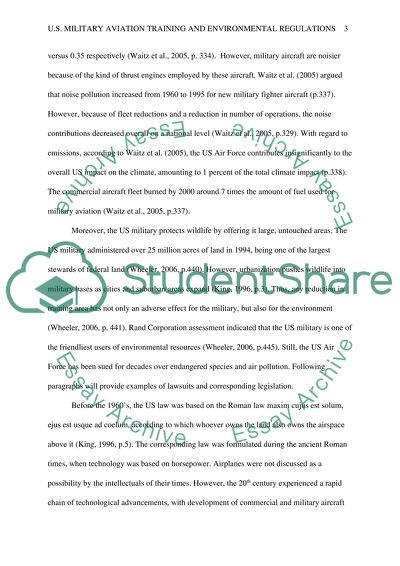Cite this document
(“U.S. Military Aviation Training and Environmental Regulations Research Paper”, n.d.)
Retrieved from https://studentshare.org/law/1394842-us-military-aviation-training-and-environmental
Retrieved from https://studentshare.org/law/1394842-us-military-aviation-training-and-environmental
(U.S. Military Aviation Training and Environmental Regulations Research Paper)
https://studentshare.org/law/1394842-us-military-aviation-training-and-environmental.
https://studentshare.org/law/1394842-us-military-aviation-training-and-environmental.
“U.S. Military Aviation Training and Environmental Regulations Research Paper”, n.d. https://studentshare.org/law/1394842-us-military-aviation-training-and-environmental.


